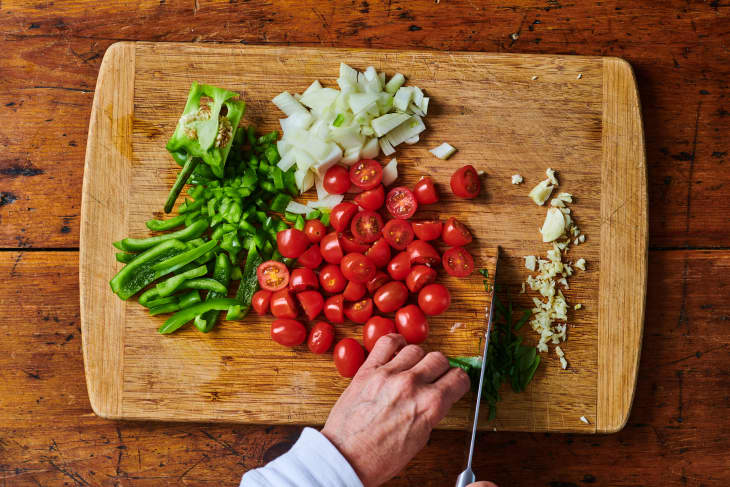When it comes to maintaining a quality kitchen, understanding how to hydrate wood cutting board is crucial. A well-maintained wooden cutting board not only enhances your cooking experience but also extends the life of your product significantly. So, what does it mean to hydrate a wood cutting board? In essence, hydration refers to the process of keeping the wood moisturized to prevent it from becoming dry and cracking. This task is particularly important for professionals who rely on their cutting boards daily.
As any kitchen professional knows, a dry cutting board can lead to unsightly splits and gaps, which could harbor bacteria. Therefore, mastering how to hydrate wood cutting board effectively is paramount. This article will guide you through why it matters, recommendations for oils, and the best techniques for maintaining your wooden kitchen staple.

Why Hydrate Your Wooden Cutting Board?
Understanding the importance of wood hydration involves acknowledging the nature of wood itself. Wood is a natural product that reacts to changes in humidity and temperature. When left unchecked, wooden cutting boards can dry out, leading to:
- Cracking
- Splitting
- Warping
- A decrease in overall lifespan
For kitchen professionals who rely heavily on these tools, this could be problematic. It can affect not only the appearance but also the functionality of the cutting board. Moreover, a well-hydrated wood cutting board is better at preventing food from sticking, making your chopping and slicing tasks much simpler.
Choosing the Right Oil for Hydration
When considering how to hydrate wood cutting board, the type of oil you use plays a significant role. Here are some popular choices:
Mineral Oil
Mineral oil is a common choice for wood cutting boards because it is food-safe, inexpensive, and effective. It penetrates deep into the wood grain, preventing dryness.
Beeswax
Beeswax offers a natural protective coating. When mixed with mineral oil, it can create a barrier that locks in moisture.
Coconut Oil
Coconut oil is praised for its natural antifungal properties. However, it should be used sparingly, as it can become rancid over time.
Cutting board tips suggest using these oils to keep your cutting board in tip-top shape.
How to Hydrate Your Wooden Cutting Board
Now that we have established the importance of hydration and chosen the right oil, lets delve into the process:
Step 1: Clean Your Cutting Board
Start with a freshly cleaned cutting board. Use warm water and a mild dish soap to clean off any residue. Rinse thoroughly and allow to dry completely.
Step 2: Apply the Oil
Using a clean cloth or paper towel, apply a generous amount of your chosen oil onto the board. Be sure to cover the entire surface, including the edges and any grooves.
Step 3: Allow It to Soak
Let the oil sit on the board for at least 20 minutes to allow it to soak in. If the board appears dry after this time, feel free to apply more oil.
Step 4: Wipe Off Excess Oil
After soaking, wipe off any excess oil with a clean cloth. This will help in preventing the oil from becoming sticky.
Step 5: Repeat Regularly
This process should be repeated every 2-4 weeks, depending on usage.
Additional Tips for Cutting Board Care
Caring for your wooden cutting board doesnt end with hydration. Here are some additional tips:
- Store in a dry place, away from direct heat or moisture.
- Use both sides of the board to distribute wear and tear.
- Avoid placing it in a dishwasher.
- For deep cleaning, use a mixture of vinegar and water.
You may also find it useful to know cutting board colors and their significance for different tasks.

Frequently Asked Questions
How often should I hydrate my wooden cutting board?
You should hydrate your wooden cutting board every 2 to 4 weeks, depending on the frequency of use and the environment.
Can I use olive oil to hydrate my cutting board?
While olive oil can be used, it's not recommended as it can go rancid. Stick with food-safe mineral oil or beeswax.
What should I do if my cutting board is already cracked?
If your cutting board has cracks, you may need to sand it down and rehydrate deeply with oil before resuming use.
For more information on cutting board safety, check this safety resource.
As an Amazon Associate, I earn from qualifying purchases.


























